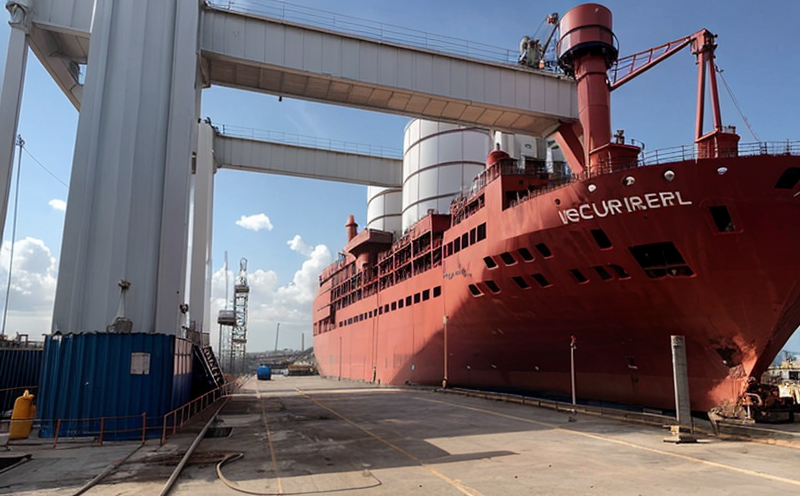Scrubber vessel inspection
The inspection of scrubber vessels is a critical aspect of ensuring safety and compliance in industries such as maritime transport, where emissions control and environmental protection are paramount. Scrubber vessels, which include open-loop, closed-loop, and hybrid systems, play a crucial role in reducing sulfur oxide (SOx) emissions from ships by cleaning exhaust gases through the use of water.
Given the corrosive nature of seawater and aggressive scrubbing chemicals used, scrubber vessels are exposed to significant stressors that can lead to degradation over time. Regular inspections are therefore essential to identify potential issues before they escalate into failures that could compromise safety and compliance with international regulations such as MARPOL Annex VI.
The inspection process typically involves a combination of non-destructive testing (NDT) techniques, visual assessments, and sometimes destructive testing depending on the specific requirements or findings. Non-destructive tests might include ultrasonic testing (UT), radiographic testing (RT), magnetic particle testing (MPI), and eddy current testing (ECT). These methods help to detect flaws, corrosion levels, and other defects without compromising the integrity of the vessel.
Visual inspections are conducted by experienced inspectors who carefully examine the scrubber vessel’s interior surfaces for signs of wear, cracks, or other anomalies. This is often complemented with a detailed examination of historical records and operational data to assess any patterns that might indicate potential problems requiring immediate attention.
The acceptance criteria for scrubber vessel inspections are stringent and adhere to international standards such as ISO 9712:2012 for visual testing, ASME Section VIII Division I/II for pressure vessels, and ASTM E348-15 for ultrasonic testing. Compliance with these standards ensures that the inspection results are reliable and meet industry expectations.
Given the high stakes involved in ensuring the integrity of scrubber vessels, it is crucial to employ a service provider with extensive experience and expertise in this specialized field. Our team at [Company Name] has conducted numerous inspections across various maritime sectors, providing comprehensive reports that not only meet but exceed regulatory requirements.
Benefits
- Avoids catastrophic failures leading to potential environmental damage or safety hazards.
- Ensures compliance with international regulations such as MARPOL Annex VI and other local standards.
- Extends the operational life of scrubber vessels by identifying and addressing issues early.
- Promotes safer working conditions for crew members involved in maintenance activities.
Industry Applications
| Application | Description |
|---|---|
| MARPOL Annex VI Compliance | Ensures that emissions of air pollutants from ships are minimized, contributing to better environmental health. |
| Maritime Transport | Supports the efficient operation and maintenance of scrubber vessels used in maritime shipping for reducing sulfur oxide emissions. |
| Safety and Environmental Protection | Aids in maintaining safe working conditions while also protecting marine environments from harmful pollutants. |
Quality and Reliability Assurance
The quality assurance process for scrubber vessel inspections at [Company Name] includes rigorous training programs for our inspectors, continuous updates on the latest technologies and methodologies, and adherence to strict quality control protocols. We ensure that all inspections are conducted in accordance with international standards such as ASME Section VIII Division I/II and ISO 9712:2012.
Our reliability assurance measures focus on maintaining high levels of service consistency across all projects. This includes regular internal audits, external reviews by independent experts, and feedback mechanisms from clients to continuously improve our processes.





